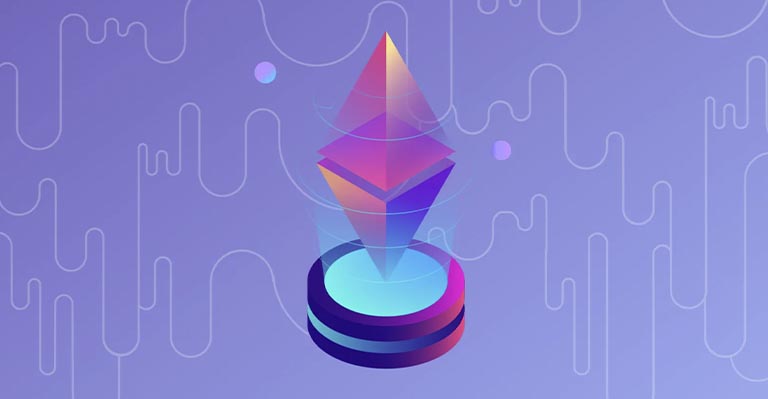Introducing the Protocol Guild Commitment: With the commitment of Ethereum ecosystem projects to donate 1% of their native tokens to @ProtocolGuild, we aim to align incentives between research and development (R&D) work in Layer 1 (L1) and the rest of the crypto ecosystem.
In a recent article published by Tim Beiko, the Protocol Guild (PG) initiative is presented to drive the sustainability and continued development of Ethereum.
Introducing the Protocol Guild Pledge: with a commitment from Ethereum ecosystem projects to donate 1% of their native tokens to @ProtocolGuild, I believe we can align incentives between L1 R&D work and the rest of the crypto ecosystem ⛓️🛡️https://t.co/U1Tan0rSl6
— timbeiko.eth ☀️ (@TimBeiko) January 30, 2024
The central objective is to make contributing to Ethereum L1 R&D economically rational and avoid interest capture, while maintaining the decentralization and transparency of the protocol.
Ethereum L1 R&D involves a wide range of core contributors with skills spanning distributed systems, cryptography, development operations, and more.
Although participation is permissible for anyone, identifying “core contributors” is a notorious challenge.
The Protocol Guild seeks to address this by making contributors readable on the blockchain, providing an up-to-date view of who is contributing and for how long.
Despite the Ethereum excitement and sense of mission, funding for R&D work needs to be sustainable
Core Ethereum developers are in high demand, and while passion and status are motivators, compensation must also be competitive to prevent key contributors from being tempted by more lucrative opportunities.

To address this, the Protocol Guild is proposing the Protocol Guild Pledge (PGP), which suggests that projects with native tokens donate 1% of their supply to the Protocol Guild.
This initiative is based on the recognition that the expected value of tokens can close the gap in rewards between working on Ether and other opportunities.
The article addresses the importance of avoiding interest capture and how the Protocol Guild, by being completely transparent on the blockchain, can mitigate these risks.
Additionally, it is discussed why the donation is denoted as a percentage and why 1% is considered an appropriate number.
Finally, the need to scale the Protocol Guild to maintain and attract the best contributors is highlighted.
The call to action is for projects to adopt the Protocol Guild Pledge to establish a sustainable standard in the Ethereum ecosystem.
This early commitment to projects, such as ether.fi, demonstrates initial support for the initiative even before its publication.
At a crucial time for Ethereum, sustainability and incentive alignment are essential to ensure continued and successful development.

